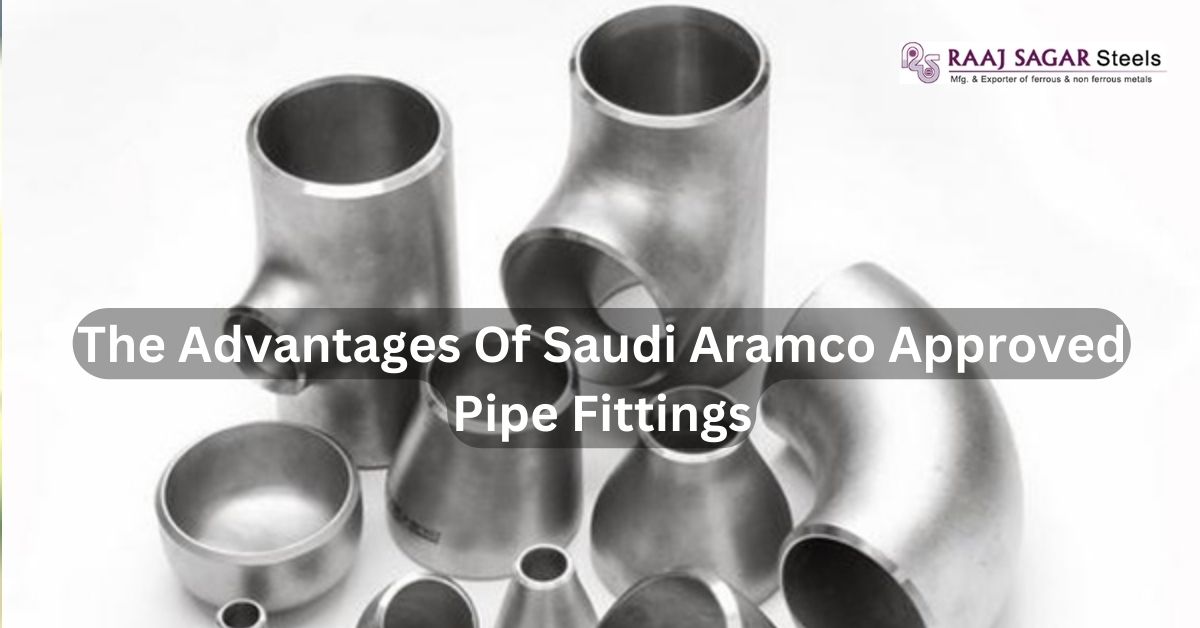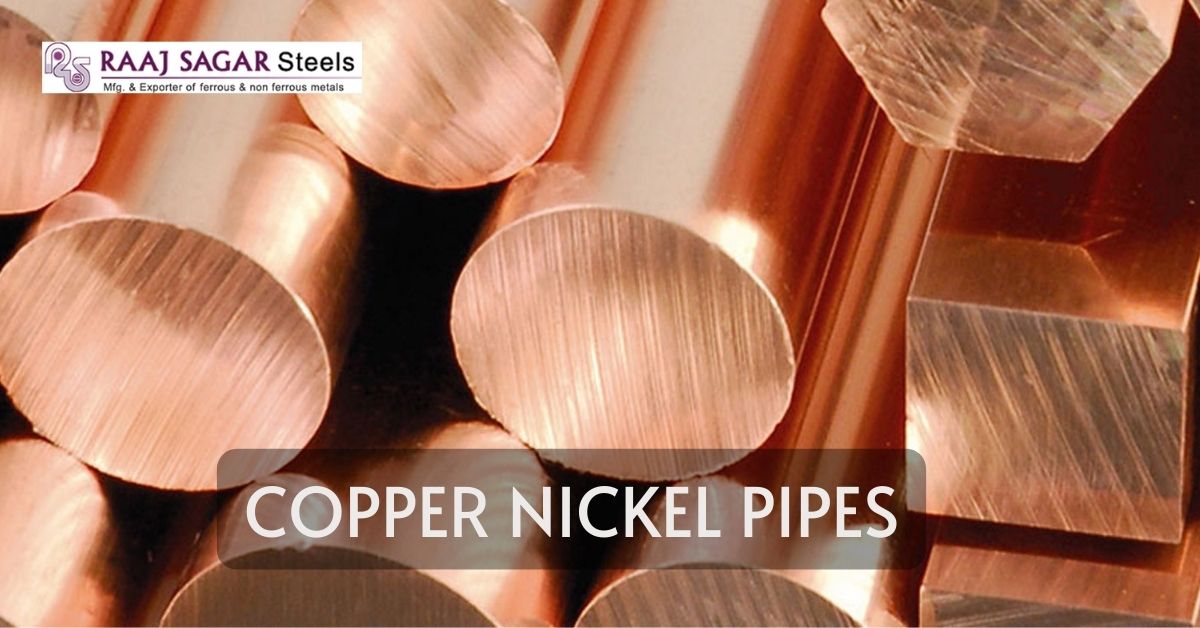Advantages Of Saudi Aramco Approved Pipe Fittings
Saudi Aramco approved pipe fittings are industrial fittings that Saudi Aramco has approved. These fittings are utilized in pipelines to connect, regulate, or change the flow direction. They are often constructed of carbon steel, stainless steel, or alloy steel and are intended to be highly robust, corrosion- and wear-resistant. Moreover, they are built to adhere to all pertinent international rules and laws and fulfill the most excellent safety standards. Below are some benefits of employing pipe fittings approved by Saudi Aramco.
High Quality and Durable
Saudi Aramco Approved Pipe Fittings are manufactured to the highest standards of quality and precision. This process ensures that the fittings will perform reliably and have a long service life, even in the demanding conditions of the oil and gas industry.
The materials used to make Saudi Aramco approved pipe fittings are highly durable and resistant to corrosion and wear. This property means that they will not degrade or malfunction easily, even in harsh environments.
They are Safe & Easy to Install Fittings
Saudi Aramco approved pipe fittings are designed and manufactured to meet the highest safety standards. That means they are less likely to fail or cause accidents, which is especially important in the oil and gas industry, where safety is a top priority. Saudi Aramco approved pipe fittings are designed for easy installation and maintenance. That means they can be installed quickly and easily, which reduces downtime and increases efficiency in the oil and gas industry.
Adaptable & Wide Customization is Available
Pipe fittings certified by Saudi Aramco are made for various uses, including extraction, processing, and transportation of oil and gas. Pipelines, onshore facilities, and offshore platforms are just a few of the places they can be used. Pipe fittings certified by Saudi Aramco are offered in various sizes and materials and can be specially made to suit the requirements of a given project. This feature implies that they can be modified to meet the particular needs of any oil and gas production.
Consent and Cost-effective Fittings
Saudi Aramco-authorized pipe fittings are a cost-effective alternative for the oil and gas industry. Since they are composed of high-quality and durable materials, they will last longer and must be replaced less frequently. Saudi Aramco-approved pipe fittings meet all applicable international norms and regulations. Therefore, they are acceptable for use in various applications since they satisfy or surpass the standards for safety, performance, and environmental effect.
In conclusion, Saudi Aramco approved pipe fittings are a reliable, cost-effective, and safe solution for the oil and gas industry. They are made of high-quality materials and are highly durable, which means they will last longer and require less frequent replacement. They are easy to install, comply with all relevant international standards, and are versatile and customizable to meet the needs of any oil and gas project. The traceability aspect provides added assurance of the quality and safety of the fittings. These fittings are an excellent option for anyone looking for reliable, high-quality pipe fittings for their oil and gas projects.

